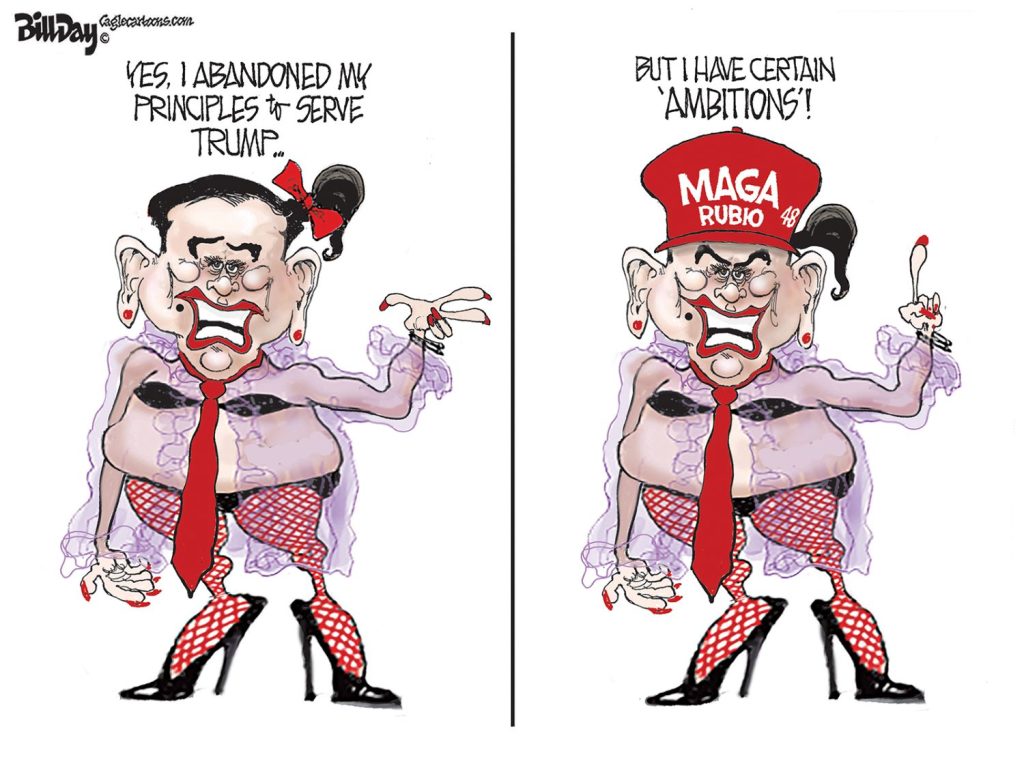By Neal Pierce, citiwire.net:
 “Sustainability.” It’s 14 letters, six syllables. Small wonder many people blanch when they read or hear the word. Some may ask — “Is it something about the environment?”
“Sustainability.” It’s 14 letters, six syllables. Small wonder many people blanch when they read or hear the word. Some may ask — “Is it something about the environment?”
For clarity and to stress the timeliness of their work, the managers of the Obama administration’s “Sustainable Communities” program are switching strategies. Competitive planning grants for cities and regions are still the top goals. But instead of talking first about more efficient land use, transit or town planning, the new focus is now on raw economics.
Check the 52 cent figure, they say. Research shows that for every dollar the average American family has to spend, 52 cents is taken up right away for housing and transportation. That means everything else gets squeezed, sometimes dangerously. And not the least, such essentials as food and clothing.
So what’s a promising cure? It’s clearly to push the 52 cents figure down by helping workers and families gain easier, more affordable access to jobs and schools. And that does dictate that communities pivot away from yesterday’s sprawl patterns, embracing instead such smart development strategies as housing closer to real work centers, homes closer to schools, and transit services to help households spend less on car travel.
Plus, it means a need to supply more compact, efficiently located housing units as American family sizes keep shrinking and the population ages.
Clearly, more and more local communities “get” the saliency of this approach. Shaun Donovan, Secretary of Housing and Urban Development, cites the outpouring of interest in HUD’s must recent Sustainable Communities nationwide competition, announced Nov. 21. There were eight times as many applicants as awardees, $500 million in funding requests but only $96 million to distribute among all winners.
Significantly, Donovan noted, this awards process is evoking growing interest among chambers of commerce and economic development corporations that are glad to become “core partners” in the local applicant coalitions.
The grants — 27 for individual communities, 29 for regions — are spread from from Boston to Denver to Seattle, from the deeply depressed city of Opa-locka, Fla., to heavily rural Fremont County, Idaho. All provide federal stimulus money to challenge local areas to create high quality, interconnected housing, transportation and workforce development plans which show clear potential economic payoffs.
Each project has to incorporate clear fact-based assessments; all are followed closely in implementation by the HUD Office of Sustainable Housing and Communities, headed by Shelley Poticha. “We’re unusual for the federal government,” notes Poticha, “by investing in proactive strategies to shape the future and not just the historic pattern of federally-supported capital projects.”
The HUD effort doesn’t stand alone: it’s one section of the Obama administration’s Partnership for Sustainable Communities (www.sustainablecommunities.gov). It’s an initiative that works to coordinate smart growth, sustainable and economically promising initiatives and policies across historically rigid departmental lines. Encouraged and endorsed by the White House Domestic Policy Council, the three official players are HUD, the Department of Transportation and the Environmental Protection Agency.
Key personnel from the three agencies meet not just occasionally but every week to mesh their policies and approaches. They’re regularly joined by the Agriculture Department, which isn’t officially part of the partnership yet with $20 billion a year in rural development is a significant player. Transportation adds heft, especially through its series of highly competitive “TIGER” grants for local transportation projects that are designed both for sustainability and high economic impact.
Ideally, all these efforts would be praised and advanced by Congress as harbingers of a smart and engaged federal government, one that dictates less and listens more to communities’ needs, encourages local ingenuity, and that helps to position the nation for a stronger joined economy and livable communities to come.
Sadly, it’s not happening. While Congress is willing to keep TIGER rolling with $500 million for the next fiscal year (enough to fund about 10 percent of its applications), the HUD Sustainable Communities program is in deep trouble.
Evidence: House Republicans originally prepared legislative language that actually would forbid a dollar of government expenditure if the related federal departments were to talk, plan, research, or manage grants cooperatively. And in relation to what activities? The language left no doubt on it intent: specified cited was “interagency coordination on livable communities or sustainable development.”
Geoffrey Anderson, president of Smart Growth America, commented: “What business would ever tell its units not to talk to each other?”
Later, cooler heads prevailed and that language was dropped by the House committee. But still, the final House-Senate conference report, while it did endorse the concept of interdepartmental coordination to integrate housing and transportation, failed to fund HUD’s Sustainable Communities program awards for the next year. Poticha’s office will be able to administer the grants already made, but not to issue new ones.
There’s just slim hope that funding will be restored in future years. Which would be sad — the demise of one of the most imaginative federal system innovations in many decades.
But then again, sometimes there’s an idea just too good to stay dead long.


